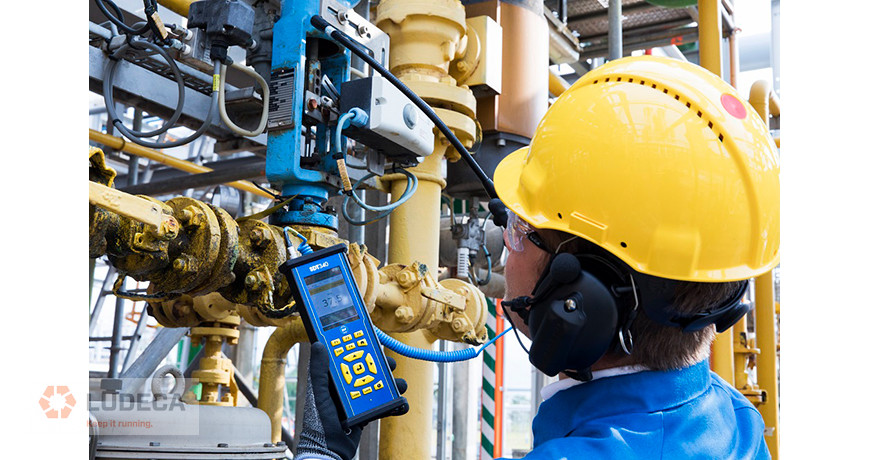
Obviously, getting leakage repaired after the detection effort is done is extremely challenging and sometimes frustrating in today’s economy. But, where many plants fail, others do extremely well in managing their leakage levels. The latter plants are the ones using best practices.
In conducting leak assessments four important steps come up when researching the practices of the best-performing industrial plants. These are:
- Baseline and monitor: The best plants keep track of their leaks with flow meters and are able to identify where they are at and how much they have saved each time they do their leakage assessments.
- Proper tools for the job: Top-performing plants have an excellent set of ultrasonic detection tools at their disposal, with available staff trained on the use of the devices. There is a wide range of available leak detectors out on the market, from basic small-budget units costing less than $500 to top-of-the-line units costing over $10,000. For compressed air leakage auditing, it is usually best to use simplified leak detectors of mid-range cost. Very complex detectors designed for other ultrasonic work are often so complex they defend themselves from use, therefore staff rarely want to place these into service.
- Detect, document, and fix: Best-practice plants have a simple set of procedures in place where leaks are detected and tagged with brightly colored identification. The leaks are all documented and recorded in a database with accompanying photographs so the location can be easily found again and the required parts for repair procured. Staff is all trained on the cost of leakage and the use of leakage detection equipment. The database will provide an ongoing record of the trouble locations and the financial savings, which is available for staff and management. In all cases, a successful program requires someone to take responsibility for the follow-up of the leakage repair.
- Verification: Excellent leakage reduction programs ensure the results of the leakage repair is captured by some sort of easy-to-use monitoring system, with real savings calculated. This can go a long way in proving to management the benefits of spending the staff time repairing the leaks. The monitoring systems can also serve as a catalyst to further efforts. If the plant leakage level is regularly monitored, and a significant change is detected, emergency detection and repair efforts can be initiated.
Click here to continue reading the entire article, “Protect Profits with Compressed Air Leakage Best Practices”, to learn more about compressed air leaks and how ultrasound can help!
Thank you Ron Marshall with Marshall Compressed Air Consulting for this informative article!
Related Blog: 7 Compelling Reasons to Tighten your Compressed Air System
Filed under:
Ultrasound by Diana Pereda
